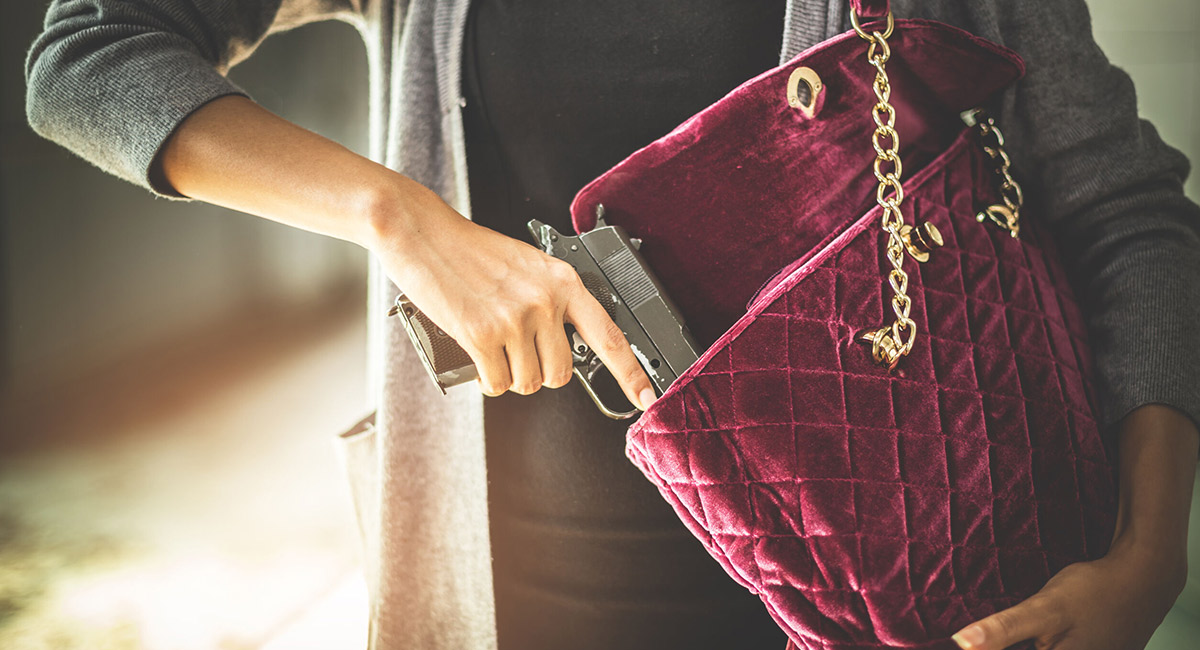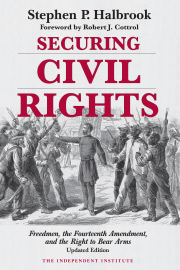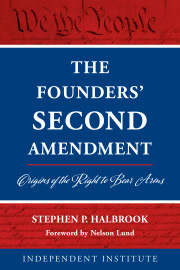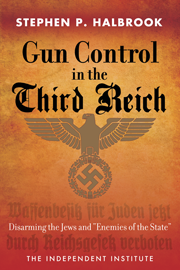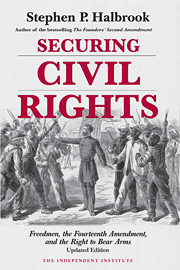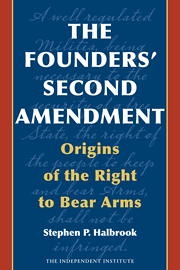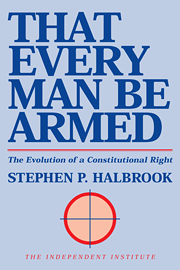The tragic mass shooting in Highland Park, Illinois, this month has renewed calls for new gun control legislation, including a ban on so-called assault weapons. It also has raised new concerns about the Supreme Court’s June 23 decision in New York State Rifle and Pistol Association v. Bruen, in which the court ruled that the Second Amendment right to bear arms includes the right to carry a handgun outside the home.
Ignore the alarm bells. Highland Park, along with Cook County, Illinois, already has such a ban. The rifle used in the shooting apparently was legally obtained. The court’s ruling pertains to self-defense, not committing mayhem.
Indeed, the court clearly recognized “longstanding” laws forbidding the carrying of firearms in “sensitive places” such as schools, government buildings, legislatures, polling places, and courthouses. But such places must be narrowly defined, the court said: “Put simply, there is no historical basis for New York to effectively declare the island of Manhattan a ‘sensitive place’ simply because it is crowded and protected generally by the New York City Police Department.”
The decision does not address bans on modern rifles, but it reaffirms the 2008 ruling in District of Columbia v. Heller that the Second Amendment “protects the possession and use of weapons that are ‘in common use at the time.’” AR-15-type rifles are indisputably in common use. While “the Second Amendment’s definition of ‘arms’ is fixed according to its historical understanding,” the court noted, “that general definition covers modern instruments that facilitate armed self-defense.”
Justice Clarence Thomas had been trying to persuade the court to decide the issue for years, and his masterpiece opinion in Bruen, invalidating New York’s “proper cause” requirement for a carry permit, spells out how Second Amendment rights are to be understood, which requires strict adherence to the amendment’s text and to the original public understanding of its words around the time it was adopted in 1791.
Until now, lower federal courts have been in rebellion against both Heller and another earlier Supreme Court decision upholding the right to have firearms for self-defense: McDonald v. City of Chicago. The 9th Circuit Court of Appeals has applied the lower courts’ contrived two-step balancing test in some 50 cases, upholding every California and Hawaii restriction coming before that court.
Step one of the test asks whether an act involving arms is within the scope of the amendment as determined by its text and historical understanding. If it is, step two asks whether the state’s overriding interest in crime control gives it “proper cause” to balance the amendment’s guarantees away. That “is one step too many,” the Bruen decision said. After all, “the very enumeration of the right takes out of the hands of government—even the Third Branch of Government—the power to decide on a case-by-case basis whether the right is really worth insisting upon.”
Nothing in the text of the Second Amendment divides the right to bear arms between the home and outside the home. Restricting the bearing of arms to the home, therefore, would obliterate the amendment. As Thomas, perhaps sarcastically, put it: “Most gun owners do not wear a holstered pistol at their hip in their bedroom or while sitting at the dinner table.” At issue is a constitutional right. As Thomas’s opinion powerfully reminded us: “We know of no other constitutional right that an individual may exercise only after demonstrating to government officers some special need.”
In the colonial and founding periods of this nation, peaceably going armed was lawful and common. In the early republic, a minority of states banned concealed carry, which was upheld because open carry was legal.
When slavery was abolished and Southern states enacted the so-called Black Codes, to restrict the rights, including Second Amendment rights, of the freedmen, the 14th Amendment was ratified in part to protect their rights, including their Second Amendment rights, from state infringement. So, from the viewpoint of relevant history, closest to the ratification of both of these amendments, the right to carry arms in public was clearly established. In contrast, New York’s Sullivan Act, restricting the right to possess and carry firearms, was enacted in 1911, more than a century after the Second Amendment’s ratification.
The court also rejected “interest balancing,” part two of the two-part test. Lower courts that upheld bans on modern rifles generally admitted that the rifles are included in the amendment’s scope but held that the government’s public safety concerns balanced away the amendment’s rights guarantees.
While the specific ruling is against New York, the court called out the other five states with equivalent restrictions that are now invalid: California, Hawaii, Maryland, Massachusetts, and New Jersey. Forthwith, all six states must issue carry permits according to existing procedures but consider the proper-cause factor to be crossed out. People don’t have to wait until their legislatures repeal those portions of their laws ruled to be unconstitutional.
The challenge to the proper-cause requirement raised no other concerns, and the court did not question other requirements for carry permits, such as background checks and training. However, “because any permitting scheme can be put toward abusive ends, we do not rule out constitutional challenges to shall-issue regimes where, for example, lengthy wait times in processing license applications or exorbitant fees deny ordinary citizens their right to public carry,” the court warned. Left unsaid is that New York allows up to six months to act on a carry permit application, which requires a fee of hundreds of dollars.
Justice Stephen Breyer dissented, joined by Justices Elena Kagan and Sonia Sotomayor. The dissent began, “In 2020, 45,222 Americans were killed by firearms.” Shouldn’t that read “by persons using firearms?”
In his concurring opinion, Justice Samuel Alito asked how that was relevant to law-abiding citizens carrying guns. “Will a person bent on carrying out a mass shooting be stopped if he knows that it is illegal to carry a handgun outside the home?” We tragically know the answer.

